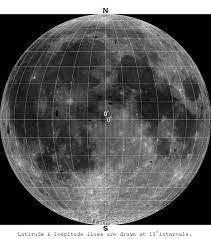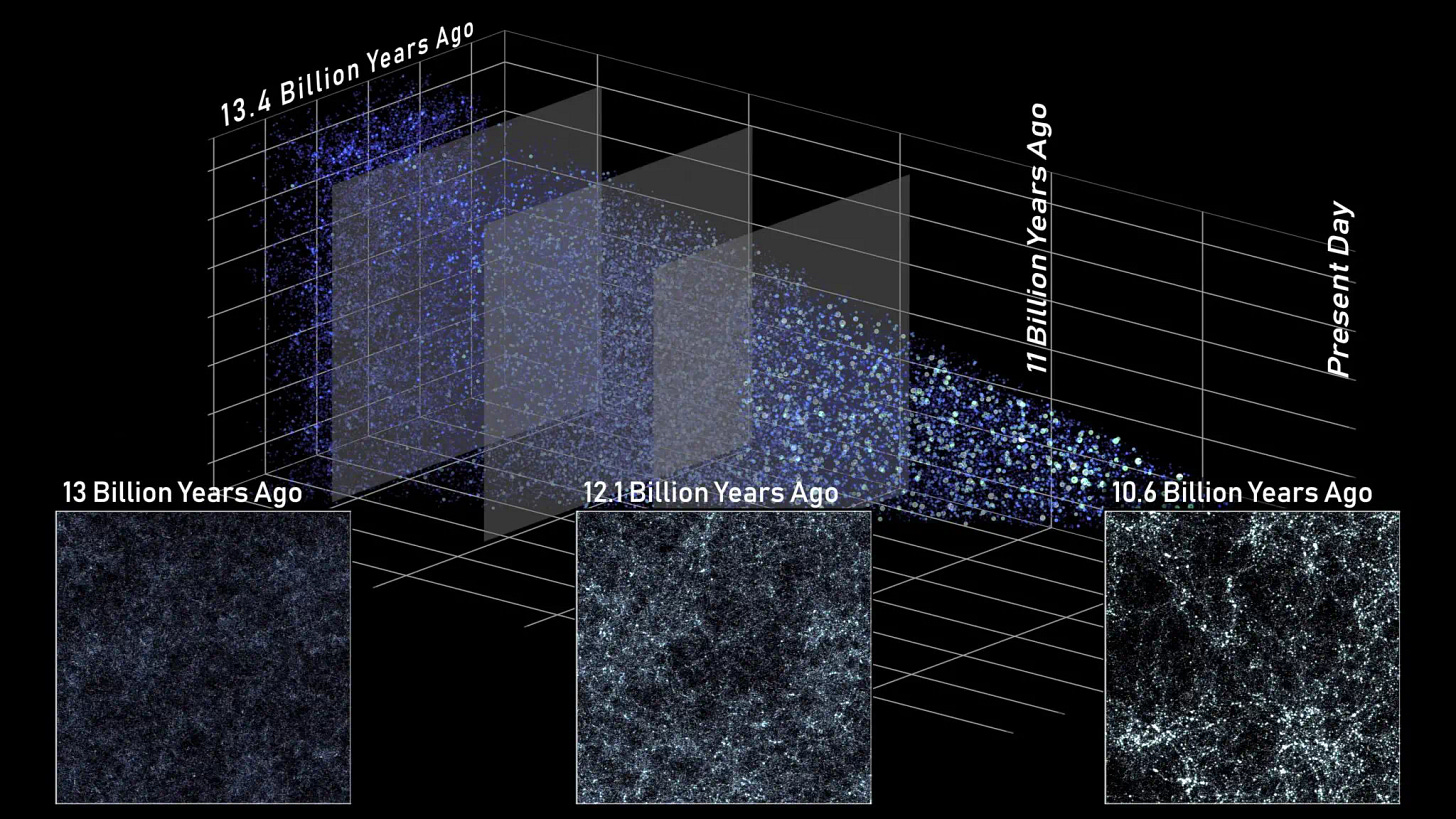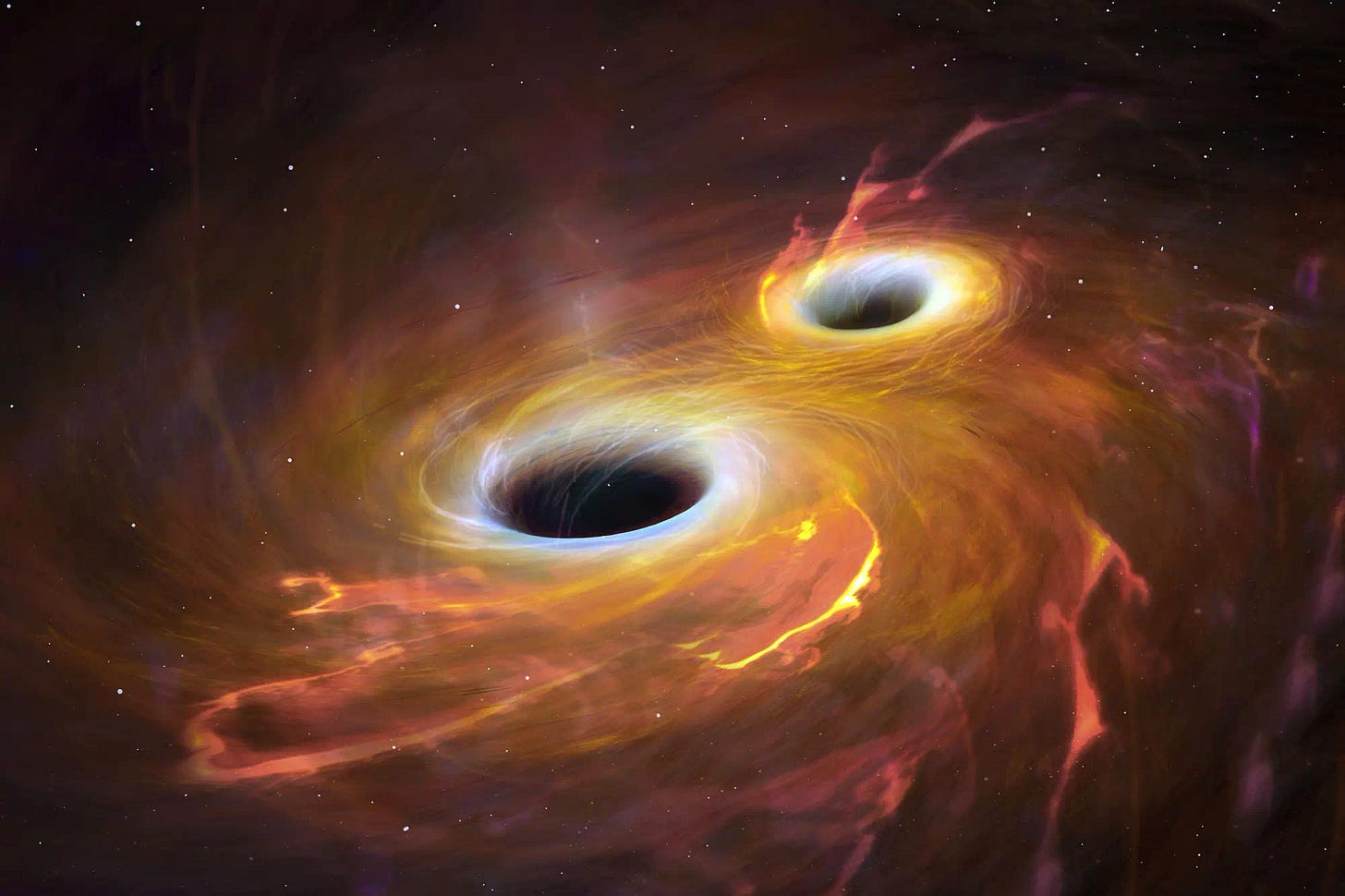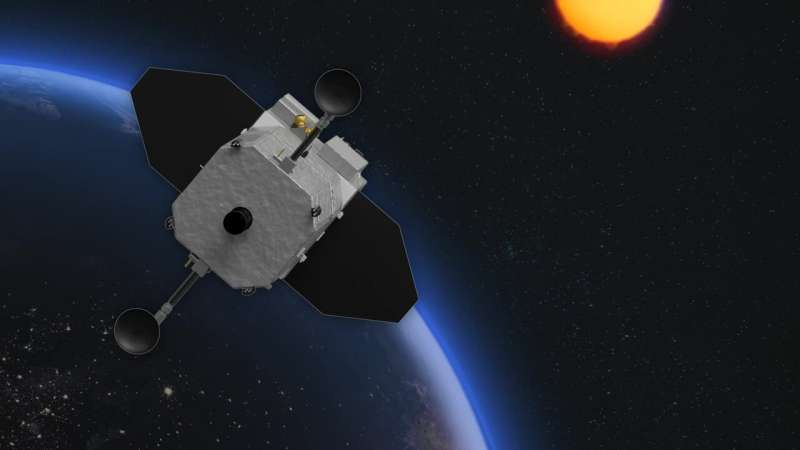Weekly - Scientists simulate blackhole collision and more
Weekly Space News - Quick and Easy
ESA proposes lunar timezones
The European Space Agency proposed a new concept last week. With many lunar missions on the moon, all of them will have to be able to communicate. The ESA has proposed an idea for this. They plan to use lunar time zones. For more info click here.
NASA unveils plan for game-changing space telescope
NASA has unveiled its latest plan for a new space telescope which could be a game-changer. Space telescopes today are designed for getting a detailed view of objects up close, but the new Nancy Grace Roman Space Telescope will unveil the evolution of the universe on a grand scale. The new Roman telescope is going to be capable of imaging enormous pieces of space. This will help us understand how our universe grew from simple particles to a vast network of stars, galaxies, and more.
Japan schedules H3 rocket launch
JAXA’s new H3 rocket is scheduled for launch tomorrow. The specialty of this rocket is that it is the first rocket to use an expander bleed cycle for the first-stage engine. An expander bleed cycle is a way to make a rocket engine more efficient by reusing some of the gas that's already been used to power the engine.
Experts create model of blackholes colliding
Experts at the California Institute of Technology created a model of 2 black holes colliding together to form a new one. All previous simulations have only analyzed how the waves move on their own. This model analyzes how the waves bump into each other while they move.
Scientists discover the reason behind clouding of sensor filters
Scientists at the National Institute of Standards and Technology (NIST) and the Laboratory for Atmospheric and Space Physics (LASP) have finally discovered the reason behind the clouding of the filters. The reason behind this is the oxidation caused by water, which together with UV light from the sun is producing a thick layer of aluminum oxide—much thicker than previously thought possible—that blocks incoming rays.






